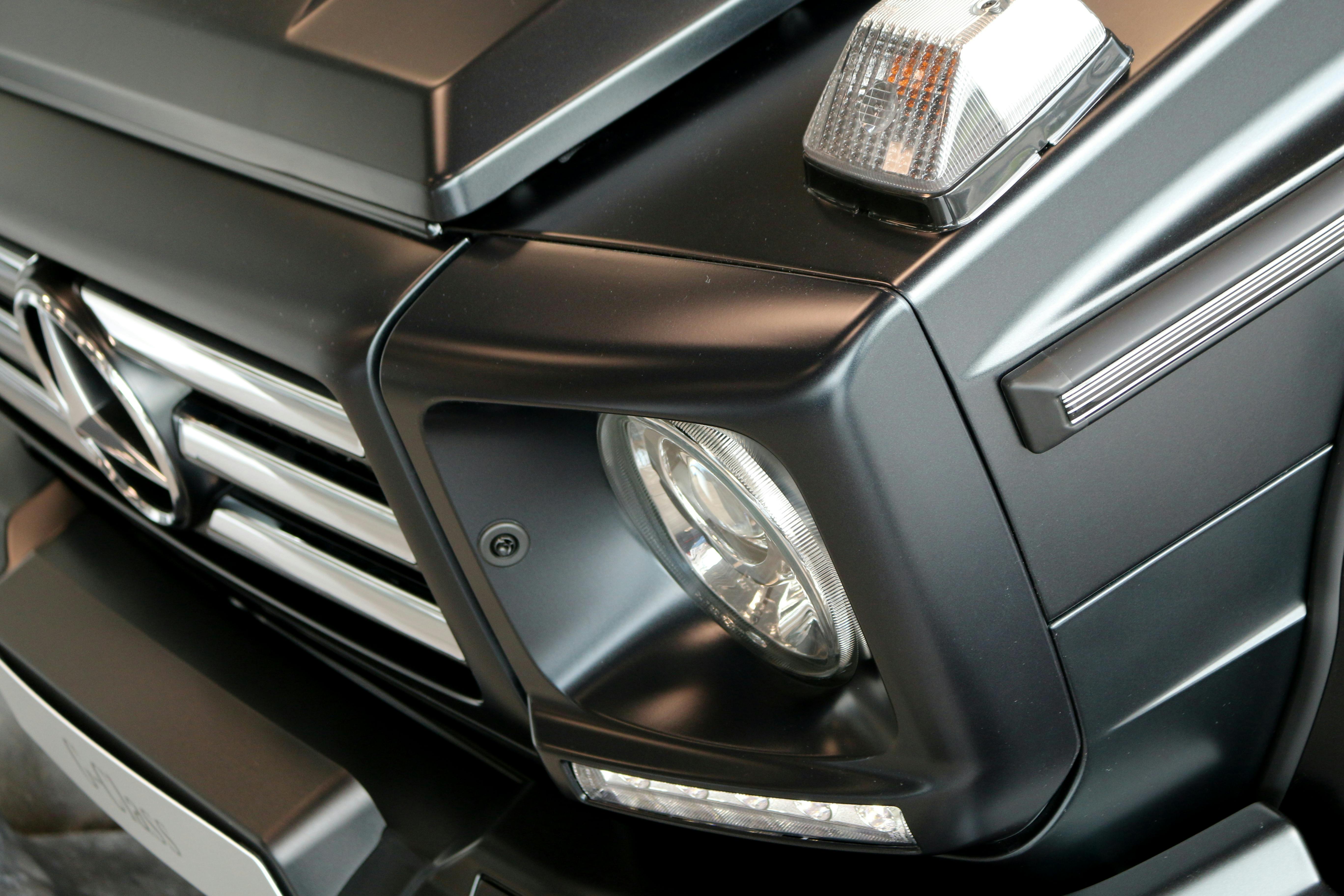How to Drive Safely in the Snow
Driving in snow and bad weather is always a daunting and time-consuming task. Here are some tips to help keep your winter as hassle free as possible.
Be planned
Prepare for the worst and put on warm clothes. You should also have a torch, a mat, a snow shovel, and some food as well. Make sure to wear good quality driving shoes, as snow boots or wellies are a bad idea. However, the most important thing is to have good quality winter tires installed on your vehicle.
Don’t accelerate too much
You should avoid harsh and harsh acceleration, steering, and braking at all costs. Traction is hard to come by in the snow, so don’t go for extreme acceleration and wheel spin, this will make things worse. Staying in second gear is the best option to get grip. If your vehicle is automatic: select winter mode and in manuals you may be able to feel the grip using the clutch. Do not reduce tire pressure as it does not provide more grip, however it reduces stability.
Brake properly
When driving on snow-covered roads and slopes, speed should be kept to a minimum at the top of the hill. It’s always easy to keep your speed slow rather than slow down on the decline. At all times, a braking distance greater than usual must be maintained and the brake pedal must be pressed gently, avoiding activating the ABS. Older cars have an advantage in that they don’t have ABS, which means they will stop faster. If your car doesn’t have ABS, it has locked wheels that cause a snowplow effect.
Visibility
You should always warm up your car for at least five minutes, as the radiator must have cooled down. Clear all the windows from the snow and your screen does not freeze. Your windshield wipers should be ice-free and your headlights should be on at all times.
Always prepare in advance
Sometimes when you start your trip, the conditions are not so bad, but everything can change in a minute. Be sure to check your local road and weather reports. If you have not used winter tires, use the main roads and avoid steep slopes.
Know your car
If your vehicle is equipped with ESP, your stability control will help you in a skid. However, traction control can sometimes reduce power, making it difficult to move in heavy snow. Most cars offer the option of turning stability control off. Check the winter mode on your automatic box.
Don’t panic on a slide
There is no need to be discouraged if the front tires start to skid and you accelerate easily. Right now, the tires need more grip, so keep steering straight for a bit. If the rear begins to sway, apply the opposite blocking effect, that is, head towards the slide. Don’t hit the brakes.
Forecast
Always anticipate in snow and ice conditions, as it takes more time to stop and turn. Keep your speed low and give the car ahead more room. Be on the lookout for cars that may be losing control or slipping.
Wait for a race
Attending a course will be very beneficial as it will teach you how to drive in the snow in a controlled environment. These days, companies offer Arctic driving courses, but they aren’t cheap. However, if your pocketbook is tight, a skid control circuit might be the one for you.
To get stuck
Even after taking all these precautions, if you get stuck in the snow and have to abandon your car, try to move it as far off the road as possible so you don’t block other drivers. Apply the parking brake instantly as you turn the steering to lock it completely. This will ensure that it does not fall off.
